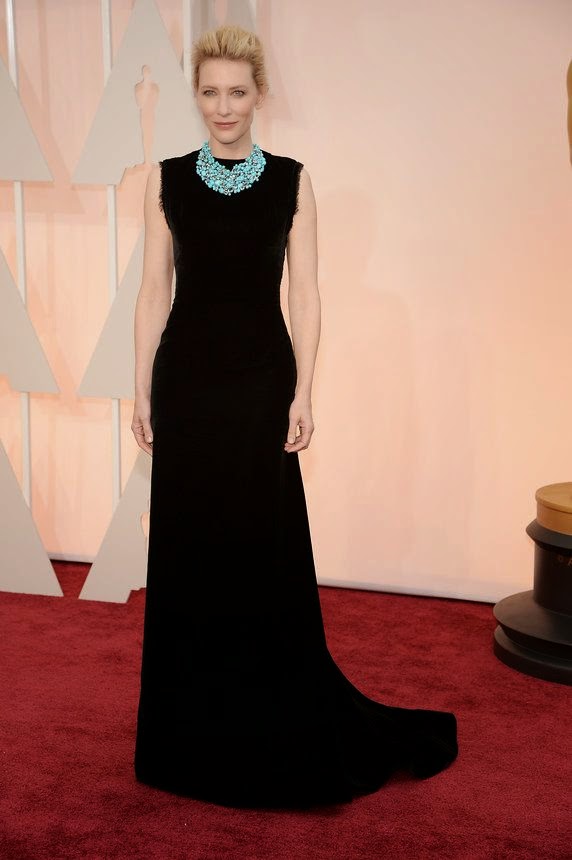Yesterday, while going to the office I noticed a gentleman wearing striped trousers and a checkered shirt and it got me thinking about wearing patterns. Indian clothes and patterns are very vibrant and many a time we see people wearing several colors, textures and patterns combined together. This is nice but if we keep in mind some pointers when it comes to patterns, we’d be better off.
Patterns create illusions about the size, shape and weight of the body. Patterns attract attention. For example thin vertical stripes can make you look taller and thinner whereas thick vertical stripes and horizontal stripes can make you look wider. Small scale closely space patterns will be better than large scale widely spaced patterns that make you look bigger.
Patterns can be classified as classic or traditional and trendy. Classic patterns are ever green and include pin stripes, chalk stripes, pin dots, polka dots, coin dots, paisley, floral, tweed, herringbone, gingham checks, houndstooth, plaids, argyle. Trendy patterns are the ones in fashion for a while. These patterns tend to fade out quickly.
How to wear patterns?
Scale – The most important point to remember while pairing patterns is the scale. Combine big and small patterns to create a balance. Generally, wear patterns that are mid or small scale. Large scale patterns attract attention. So wear small patterns in areas you want to draw attention away from.
Add solids/neutrals to your outfit – Break the visual space by adding solids or neutrals to your outfits. You do this with bags, shoes, accessories or another article of clothing.
Choose a color palette – Using colors from the same family or one main color when mixing patterns can be visually stimulating. Prints in similar backgrounds also look good. Try a monochrome colour palette. Prints in a black and white color palette are great for a classic look.
If you are a big fan of patterns, it’s advisable to stick to small scale geometric patterns at work, if not solid colors. One can experiment with other patterns, perhaps on Fridays at work and for casual wear. Choose patterns that will camouflage your body variations and enhance your body shape.
My pinterest board http://bit.ly/1bwc46f has more options.




















